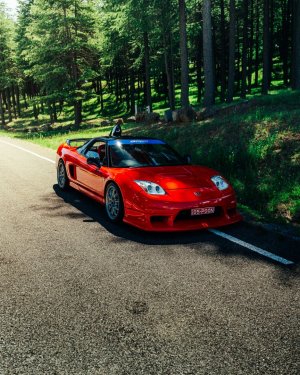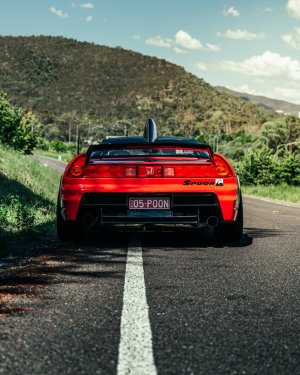Your FPR is 30 years old, so definitely check pressure. Like Old Guy said, it should hold line pressure after the priming function. The FPR just uses a rubber diaphragm to control flow, so it's possible the rubber has cracked or failed completely from just being old.
The hot start issue (not main relay related) is a known thing about the NSX and everyone experiences it. It's usually when the weather is very hot. No one has really been able to nail it down for the cause, but speculation is that the engine heat and hot IAT causes vapor issues in the combustion chamber that inhibits a clean start. The typical solution is to give it some gas when starting and it usually fires up, stumbles a little and then runs normally. NSX Life lol.
The OEM ECU is quite good and can handle most situations. We have a tuning solution for it and you should contact
@MotorMouth93 if you want to know more. However, considering you are in AUS, the Haltech ECU is local to you with many excellent tuners. I'd go that route- it's far superior to the 80's tech in the OEM.









